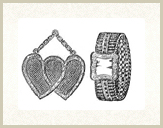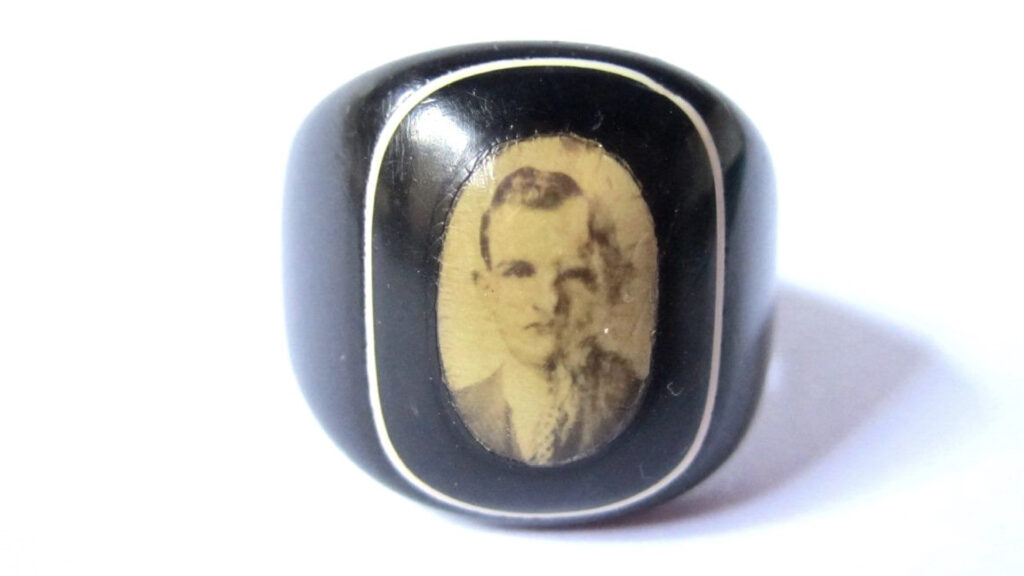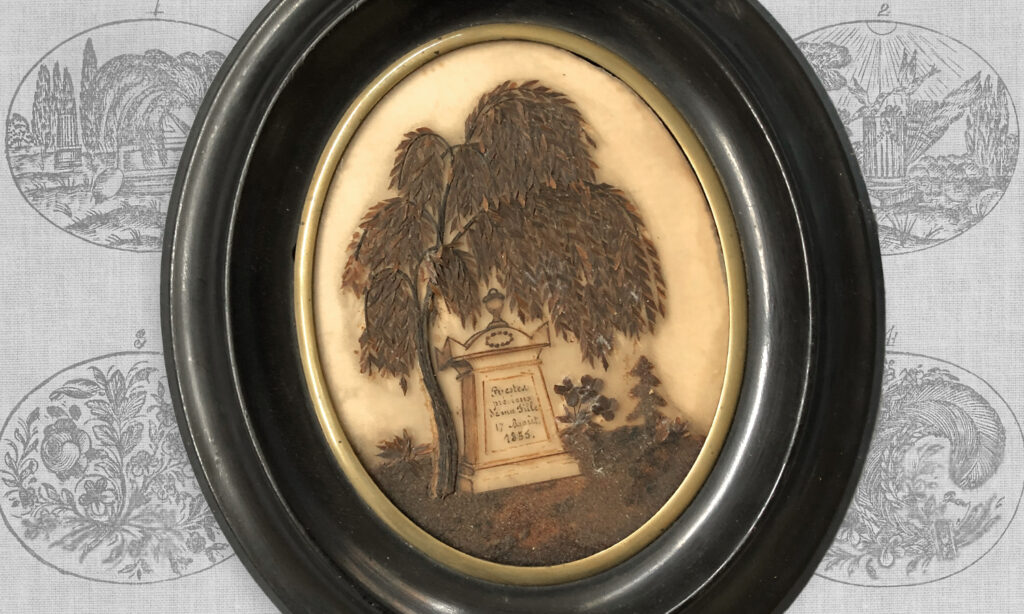A History of Hair Weaving, Part 13
American prices for hairwork can be seen in this extract from Godey’s Armchair, February 1857, p. 188:
“HAIR ORNAMENTS–Ladies wishing hair made into bracelets, pins (which are very beautiful), necklaces or ear-rings, can be accommodated by our Fashion Editor. A very large number of orders have recently been filled, and the articles have given great satisfaction.
We give the prices at which we will send these beautiful articles:–
Breastpins, from $4 to $12.
Ear-rings, from $4 50 to $10.
Bracelets, from $3 to $15.
Rings, from $1 50 to $3.
Necklaces, from $6 to $15.
Fob-chains, from $6 to $12.
The Charms of Faith, Hope, and Charity, $4 50″

Many of the above prices are equal to the weekly wage, which highlights that hairwork was not a frivolous trade or regarded any less than other forms of jewellery. Though it could be practised at home, the hairworker’s trade was difficult and could command the price required.
The October 8, 1853 edition of Gleason Pictorial Drawing-Room Companion adequately outlines the American fascination of hairwork; “to perfection to which this new art has been brought has led to the general adoption of these ornaments by the ladies, and they are now almost as much worn by the ‘upper ten’ as are golden ornaments; and that the effect – to say nothing of the pleasant ideal of thus wearing the hair of those we love and cherish – is incomparably superior to metallic jewelry, no person of good taste will venture to deny.” Hairwork is love and more sentimental than any metal could be, that is the non-fungible nature of hair as a material.






